PR Running Tips: How to Get Faster & break your Personal Record
PR running is something that most runners want to hone in on.
It's fun trying to best a friend or co-worker in a race but when our fitness levels vary it might not mean much.
The greatest test of our improvement is whether we can beat ourselves!
On this page we will talk about:
- What PR Running even means
- Some tips to help you break your last race PR
- + Some Marathon Training Plans to help you achieve your new PR!
What does PR Running Mean?
The acronym PR in the running world stands for Personal Record.
You might also hear it referred to as PB which is a Personal Best.
I'm sure you've heard of Eliud Kipchoge and his amazing feat at running a sub 2 hour marathon!
The sub-2 hour marathon project was met with some criticism and rejection (some just want a naturally occurring sub-2hour record to take place during a "normal" race) and of course excitement and curiosity (I mean can you even imagine breaking that unbreakable 2 hour mark?!) it shows the human desire to become faster, better, and to challenge themselves.
I think that no matter what the circumstances, Kipchoge's run was amazing and a highlight to celebrate!
Getting anywhere close to 2 hours is an "Impossible Dream" for most of us.
Breaking your own PR however can prove to be an exciting challenge.
So if you are wanting to prove you're better and go for a challenge against yourself this year or at your next race, here are some tips.
By the way, I'd love to help you get that PR with these 5 new speed workouts for you to try!
Instructions included in this FREE PDF guide!
Tips for PR Running so you can break your last PR:
1. Train yourself to finish strong during your PR running race.
If you want to be able to have a strong kick at the finish line, you need to be practicing for it during your training runs.
Include a series of 3-5 strides (step up your pace for about 60 seconds, back down & rest for 90 seconds and then repeat) at the END of your run. (Here are more tips on finishing strong at the end of a race.)
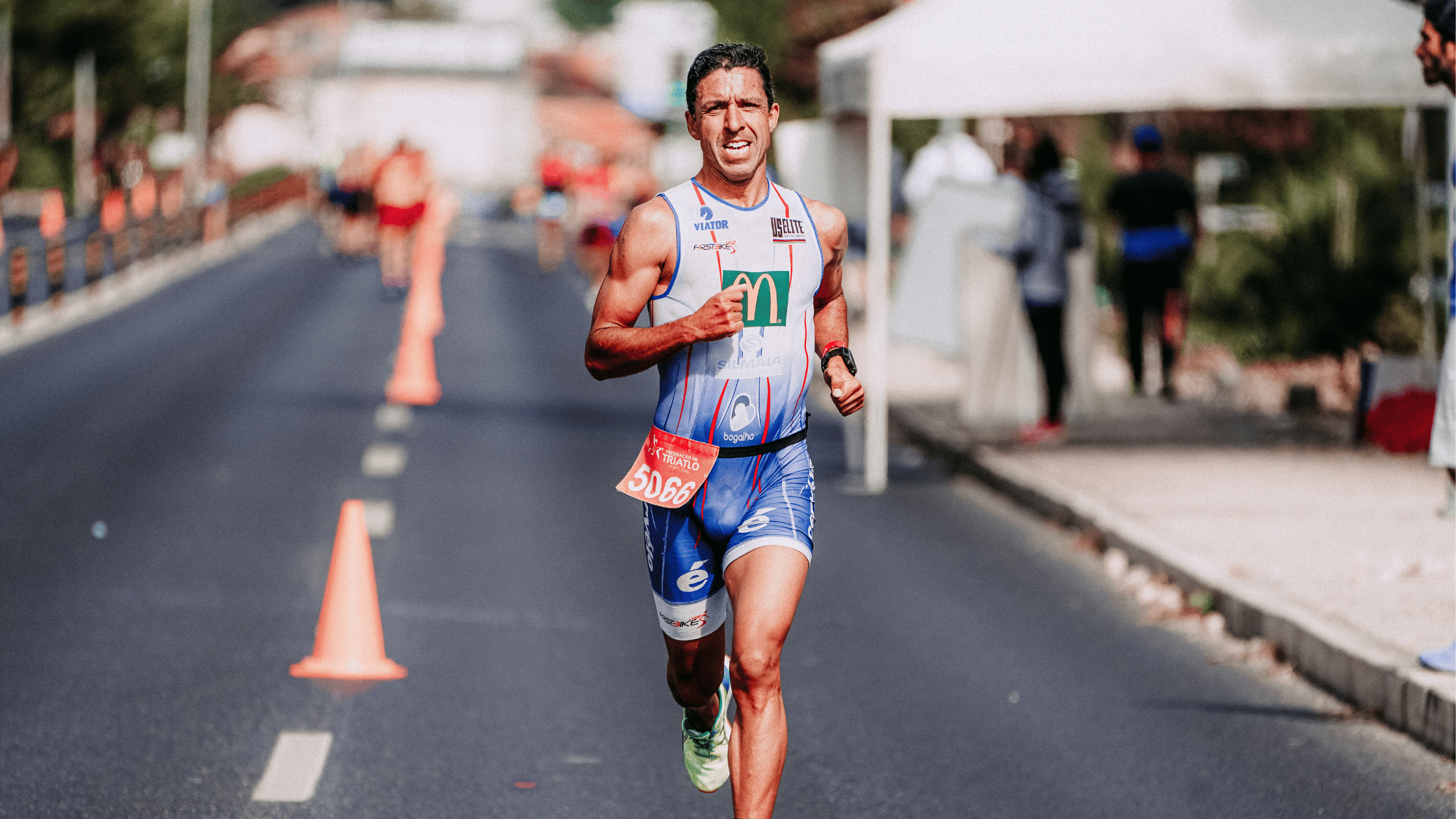
2. Include speed training intervals that
have you running about 4-5 miles at 5 seconds faster than your desired
race pace and resting for about a couple minutes between each interval.
For example, if you want to run to break 50 minutes in the 10K your race pace would be about 8 minutes per mile.
Your speed workouts to train for this 10K goal would consist of something like:
- a slow 10 minute running warm-up followed by 4-5 miles at 7:45-7:55 minutes per mile
- taking a 5-10 minute rest break, and
- repeating the interval followed by a 10 minute cool down

3. Pick a race course that is flat for your pr running race.
There's a reason why world records are set in Chicago & Berlin and not in Boston.
The race courses are flat and do not include any challenging hills which is great for setting a personal record.
If you are serious about breaking a PR that might be challenging (for example, qualifying for Boston) then look for a course that does not have a lot of ups and downs. It truly can have a huge impact on the outcome of your race.
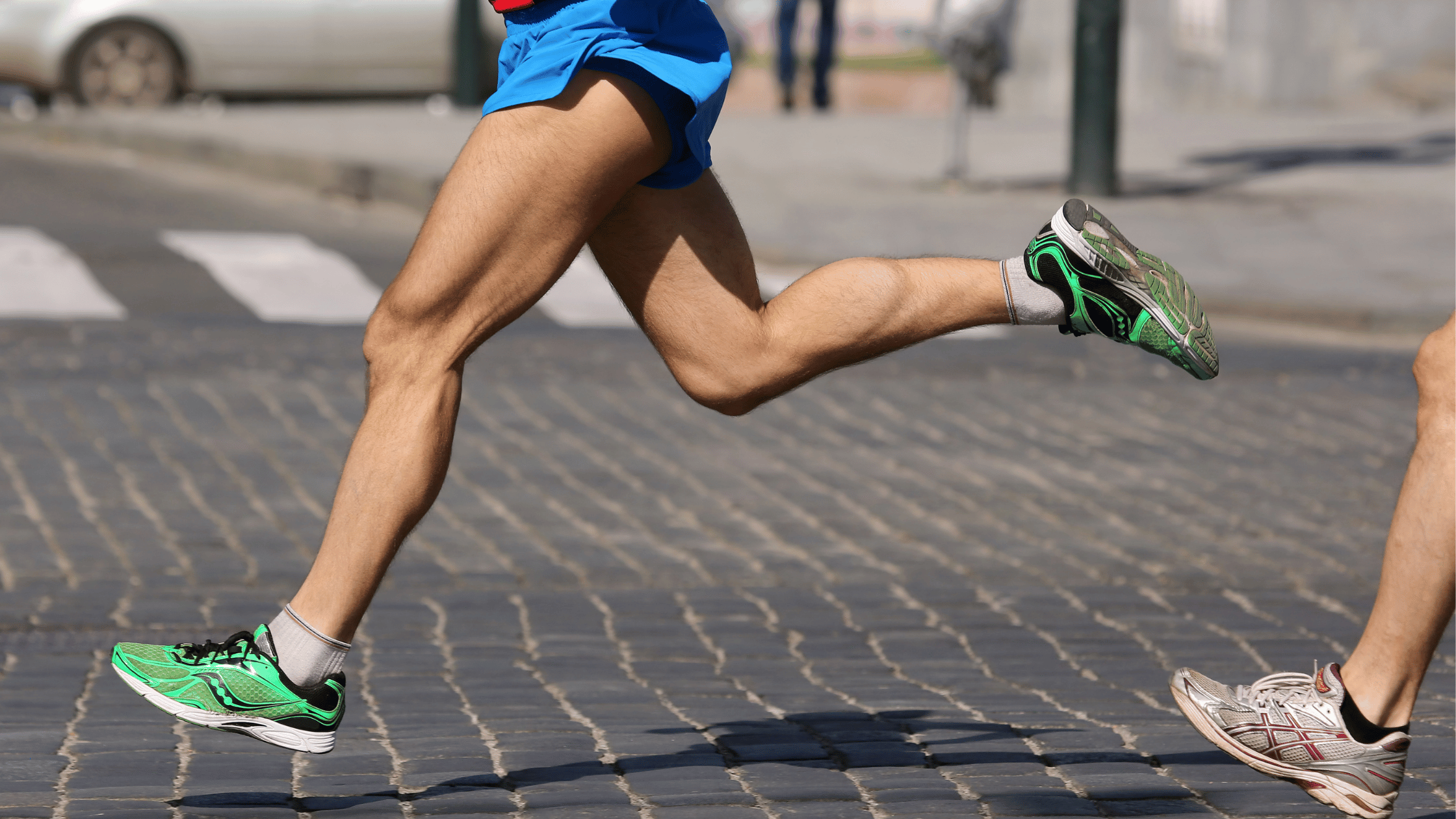
4. Don't turn sharp on the corners. It's best to also find the straightest possible race course for PR seekers.
During the race if you do come upon some sharp corners or twists try to stay in a straight path even if it means taking a diagonal cut to the next bend in the road.
You don't have to stay exactly along the perimeter of the race course.
*Whitney from The Mother Runners' has a fantastic article on how to Predict Your Marathon Time.

5. Divide your race into sections to stay mentally strong.
Get to know the race course before the actual race. Then mentally go through the course and divide the race down into about 3-4 different sections depending on the length of your race.
This is one my favorite training tips in the Mindset Training Plan for Marathoners!

6. Do NOT get carried away by the crowd and go faster than you should.
Going too fast in the beginning miles of the race is the #1 reason that people miss their pr running time goals. Bummer.
It's all too easy to get swept up by the other runners and run faster than you have trained for.
You have to stay aware of your pace in those early, early miles as they will set the tone for the rest of the race.
Your running watch will be your best friend during this time as your body can feel great with the euphoric atmosphere but your watch will tell you if you are being realistic.
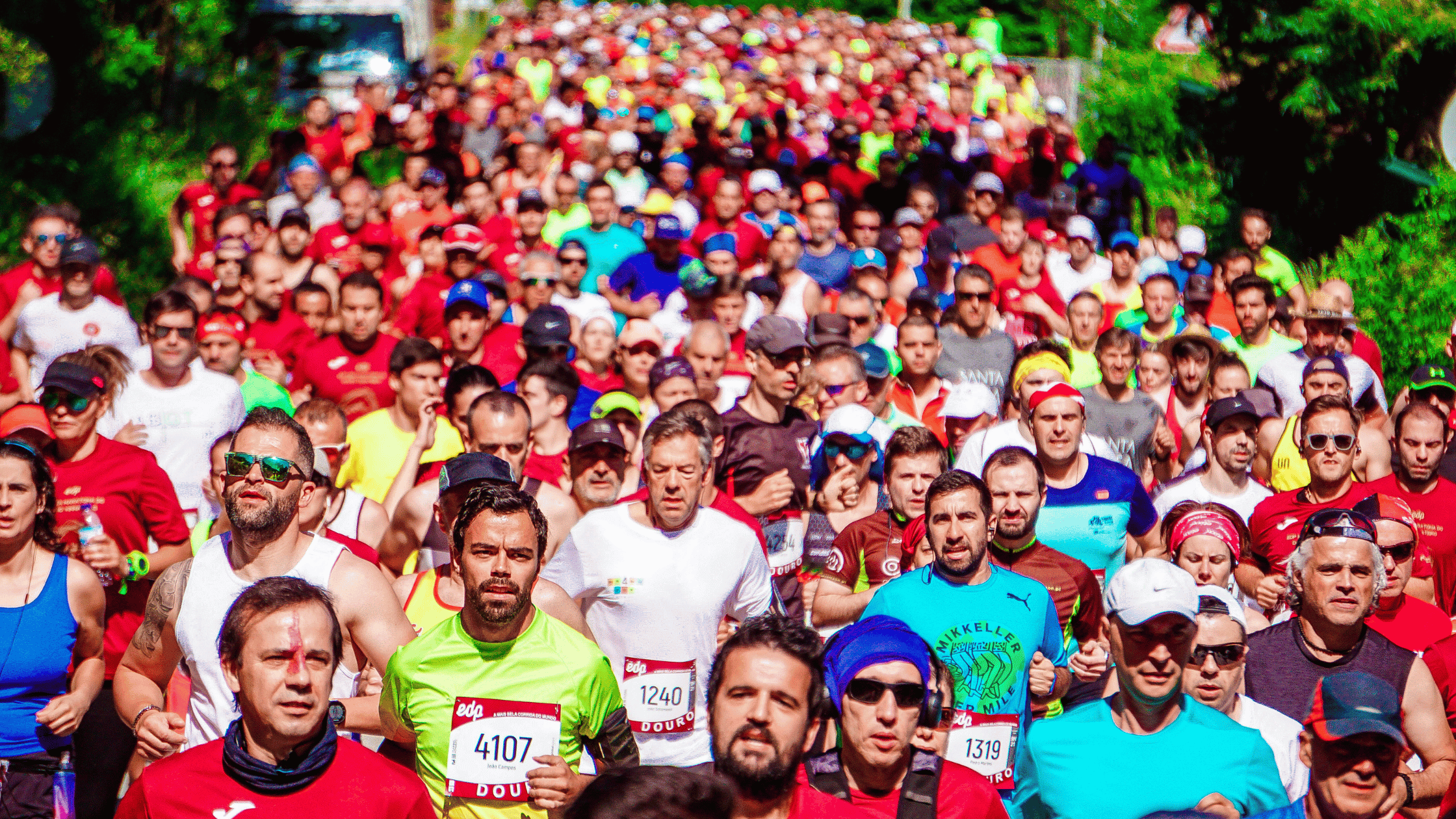
7. Don't pack yourself up like a pack mule.
Limit what you carry to as little as possible.
Fuel belts, hydration packs, iPhone bands, etc. will all weigh you down, cause you to have to work harder and make achieving that PR running more difficult.
For many runners, especially marathoners, they want (and need!) to carry the fuels that they have tested and used during their training.
It is a good idea to have a game plan of what you actually really need to carry and what items are not essential.
My favorite light-weight option for carry small items with me while running (including phone and keys + extra fuel) is the FlipBelt!

8. Don’t eat during your race or long runs. Use energy drinks!
(Here is a guide to energy drinks for marathoners + my favorite recommendations!)
Your body is able to absorb energy in liquid form at much faster rates versus solid food.
That means that your refuel plan will be much more effective if you are choosing energy drinks over something like a banana as you will be using less energy to digest food.
More efficiency and energy for the win!

9. Take a Vo2 max fitness test.
This will tell you what fitness level you are at as a runner. It’s ideal to take a Vo2 test at the beginning and the end of every training cycle or race training.
This will help you to see your progress or relapse if you are keeping a record.
I always recommend the 1.5 Mile Vo2max Fitness Test versus other Vo2max tests.
However, if you own a running watch such as a Garmin or Fitbit, your Vo2 has probably already been estimated and tracking for you based off of your most recent runs.
It's a great metric to keep aware of and see if you are making progress in your running!
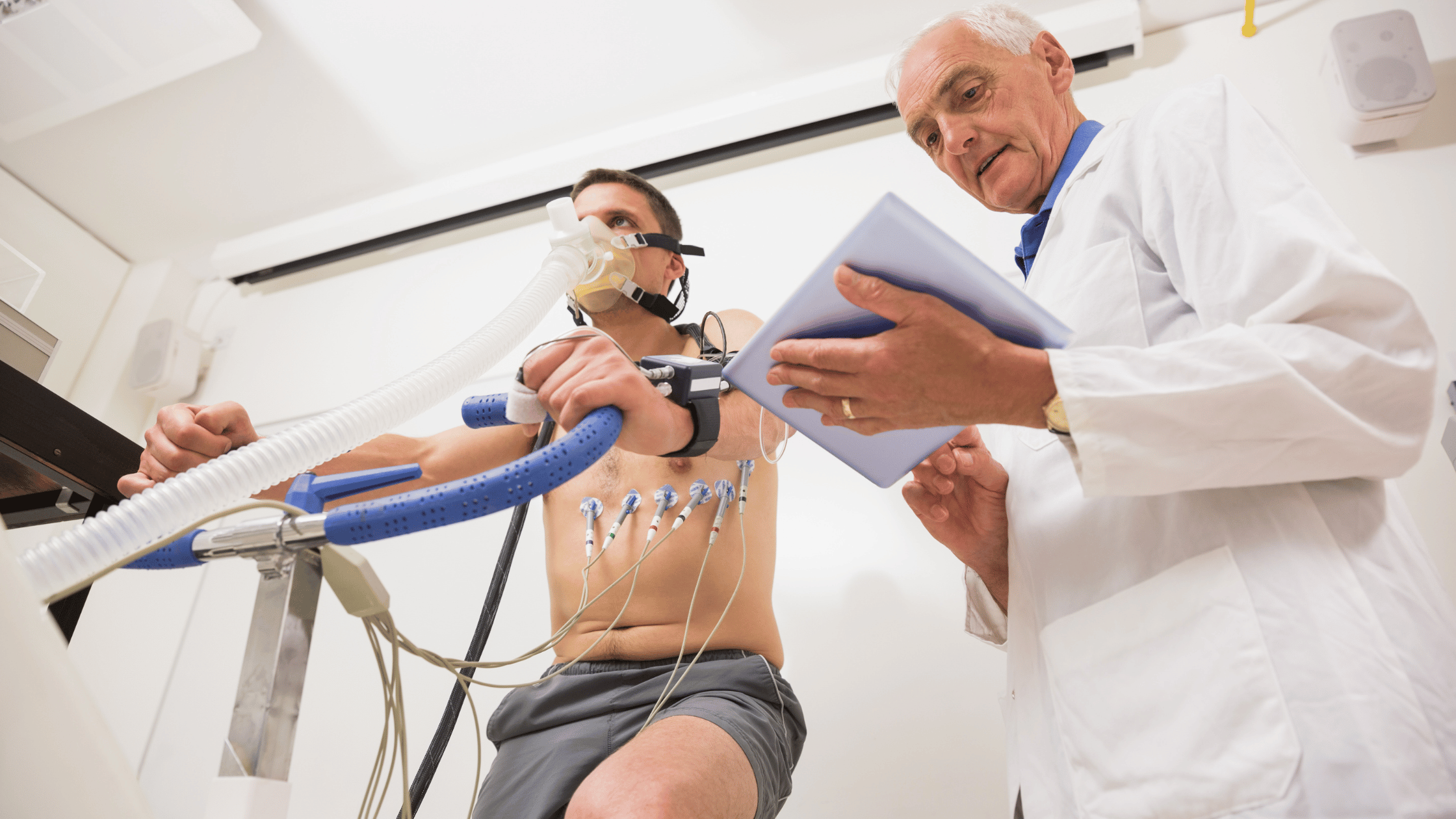
10. Choose an appropriate training plan!
If you want to set a PR, you have to be wise about the training plan that you select for yourself.
Personally, I like to a have a series of training blocks on my marathon schedule which are broken down into: base training, hill/strength training, and finishing with speed training.
The workouts that I would include inside of the marathon schedule would include: hill sprints, hill repeats, tempo runs, intervals, goal pace long runs and progressive long runs. The blend of each of these workouts at the right time in your training schedule will allow you to reach your peak on race day!
If you are currently looking for a marathon training schedule to help you reach a PR then check out these Time Goal Marathon Training Plans that are 16 weeks in length.
In conclusion:
All of these tips take a little bit of training/planning/logistics but it’s preparation in the little things that can really make all the difference.
Don't become overwhelmed with all of the tips to achieve a personal record. Take maybe one or two and put your focus into those tips only.
In summary, the 10 tips for achieving your PR running race time are:
1. Train yourself to finish strong.
2. Include speed training intervals.
3. Pick a flat race course.
4. Don't turn sharp corners on the race course.
5. Divide your race into sections to stay mentally strong.
6. Do NOT get carried away by the crowd and go faster than you should.
7. Don't pack yourself up like a pack mule.
8. Don’t eat during your race or long runs. Use energy drinks!
9. Take a Vo2max test.
10. Choose an appropriate training plan!
Beating your last finishing time in a race is an exciting topic and one that can be very motivational for a runner.
I'd love to hear what your PR goals are for this year! Do you have any races picked out? What's your current PR running time that you are trying to break?
Good luck!
Pages Related to PR Running:
👋Sign up to receive the free printable strength exercises for runners: 👇
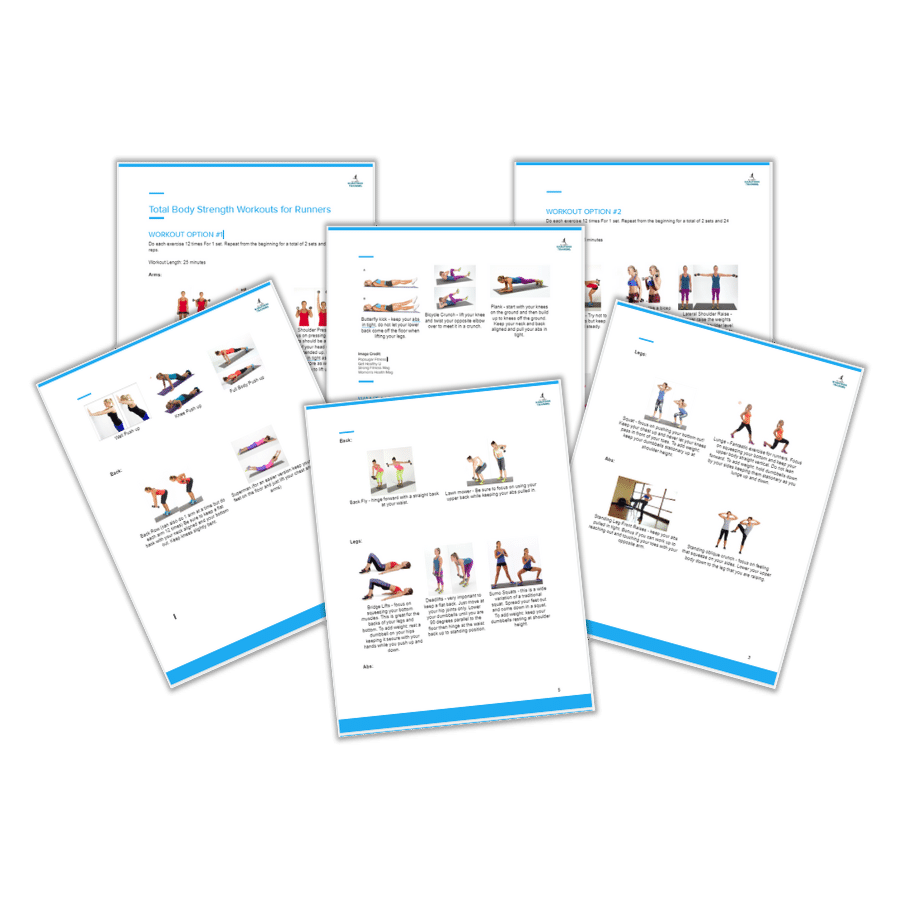 |
As featured on:



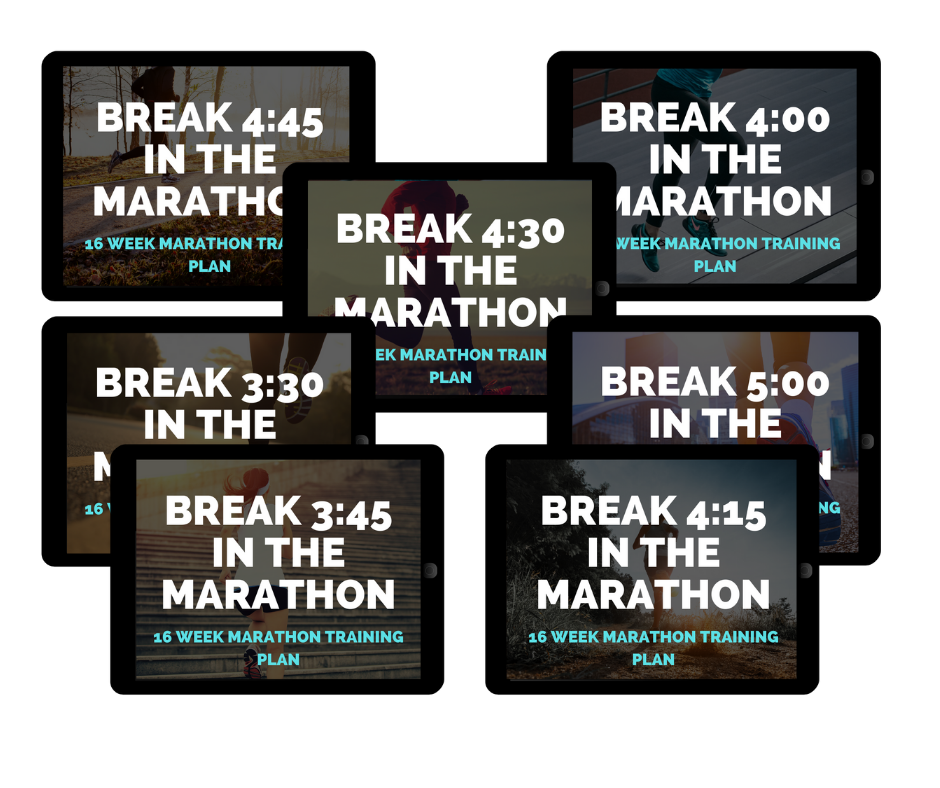

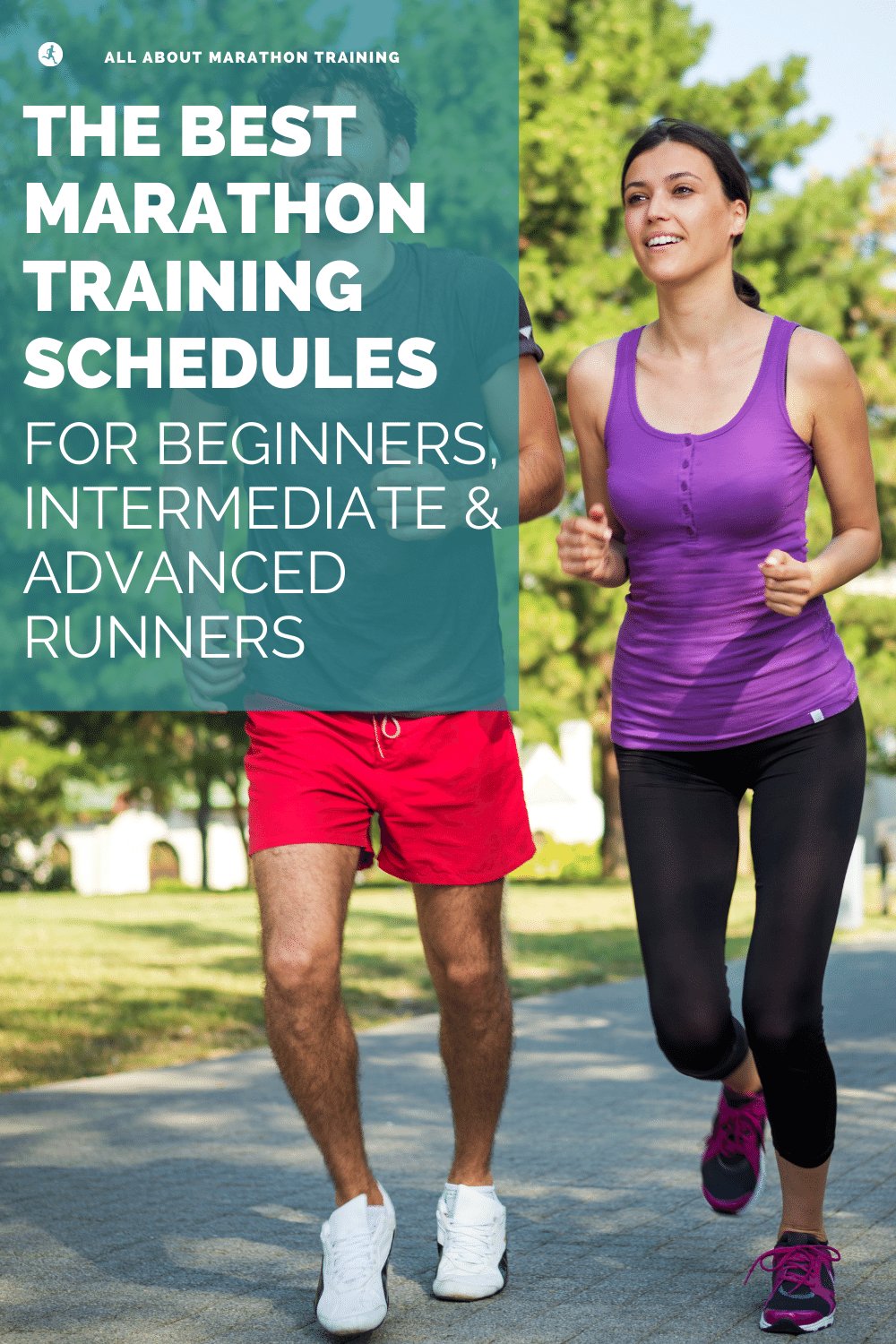
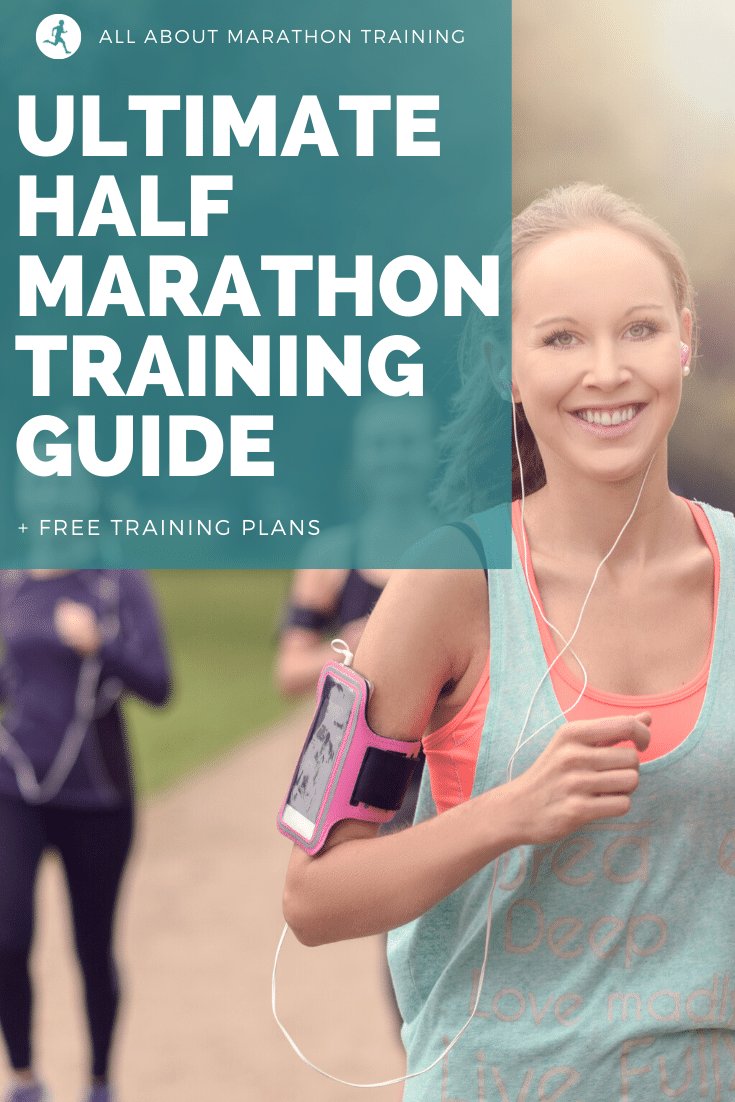

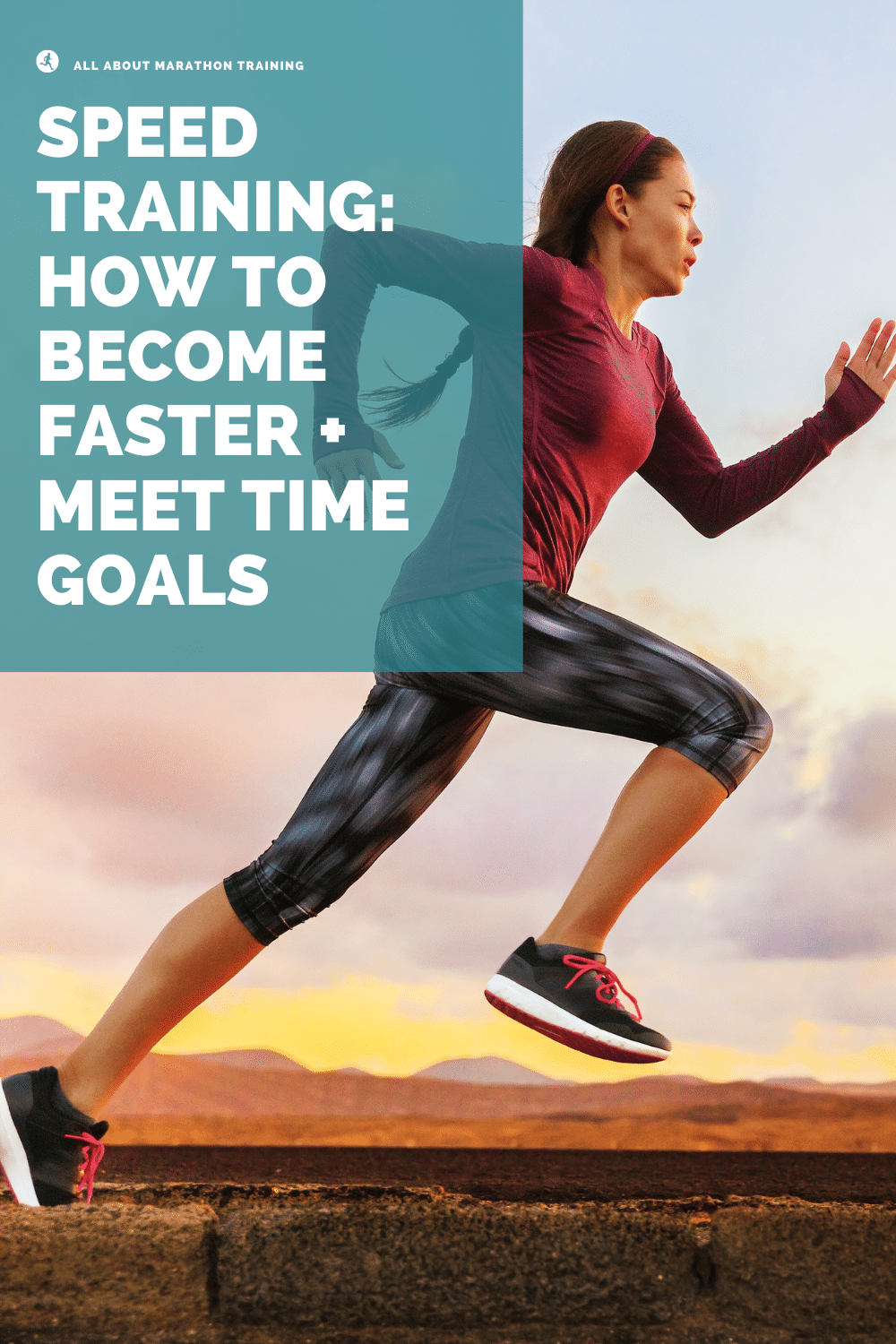

New! Comments
Have your say about what you just read! Leave me a comment in the box below.